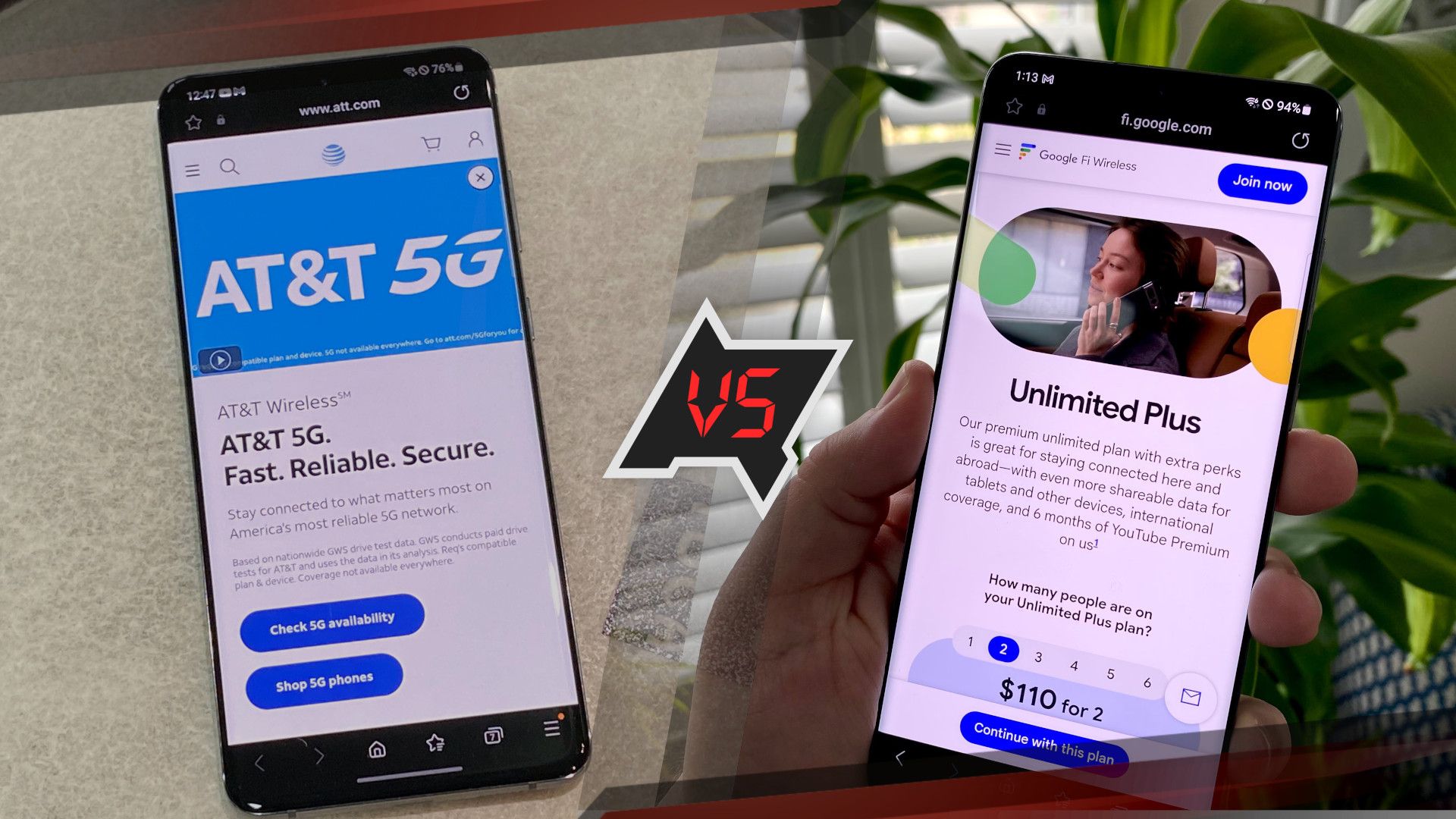Chưa có sản phẩm trong giỏ hàng.
Review sản phẩm
Giá trị thật sự của gói dữ liệu không giới hạn là bao nhiêu?
Giới thiệu How much is unlimited data worth?
Giá trị của dữ liệu không giới hạn là bao nhiêu?
Bạn đã bao giờ tự hỏi giá trị thực sự của gói dữ liệu không giới hạn? Với Queen Mobile, bạn sẽ không cần phải lo lắng về việc vượt quá dung lượng và phải trả thêm chi phí. Đánh giá sản phẩm ngay hôm nay và trải nghiệm dịch vụ tốt nhất chỉ có tại Queen Mobile. #QueenMobile #UnlimitedData #GreatService #ValueForMoney
Mua ngay sản phẩm tại Việt Nam:QUEEN MOBILE chuyên cung cấp điện thoại Iphone, máy tính bảng Ipad, đồng hồ Smartwatch và các phụ kiện APPLE và các giải pháp điện tử và nhà thông minh. Queen Mobile rất hân hạnh được phục vụ quý khách….
_____________________________________________________
Mua #Điện_thoại #iphone #ipad #macbook #samsung #xiaomi #poco #oppo #snapdragon giá tốt, hãy ghé [𝑸𝑼𝑬𝑬𝑵 𝑴𝑶𝑩𝑰𝑳𝑬] ✿ 149 Hòa Bình, phường Hiệp Tân, quận Tân Phú, TP HCM
✿ 402B, Hai Bà Trưng, P Tân Định, Q 1, HCM
✿ 287 đường 3/2 P 10, Q 10, HCM
Hotline (miễn phí) 19003190
Thu cũ đổi mới
Rẻ hơn hoàn tiền
Góp 0%
Thời gian làm việc: 9h – 21h.
KẾT LUẬN
Bạn đã bao giờ tự hỏi giá trị thực sự của một gói dữ liệu không giới hạn không? Đừng bỏ lỡ cơ hội trải nghiệm tất cả những gì Internet mang lại với gói dữ liệu không giới hạn. Hãy nhanh chân sở hữu ngay gói cước này để không bao giờ phải lo lắng về việc tiêu tốn dung lượng mạng của mình nữa!
-
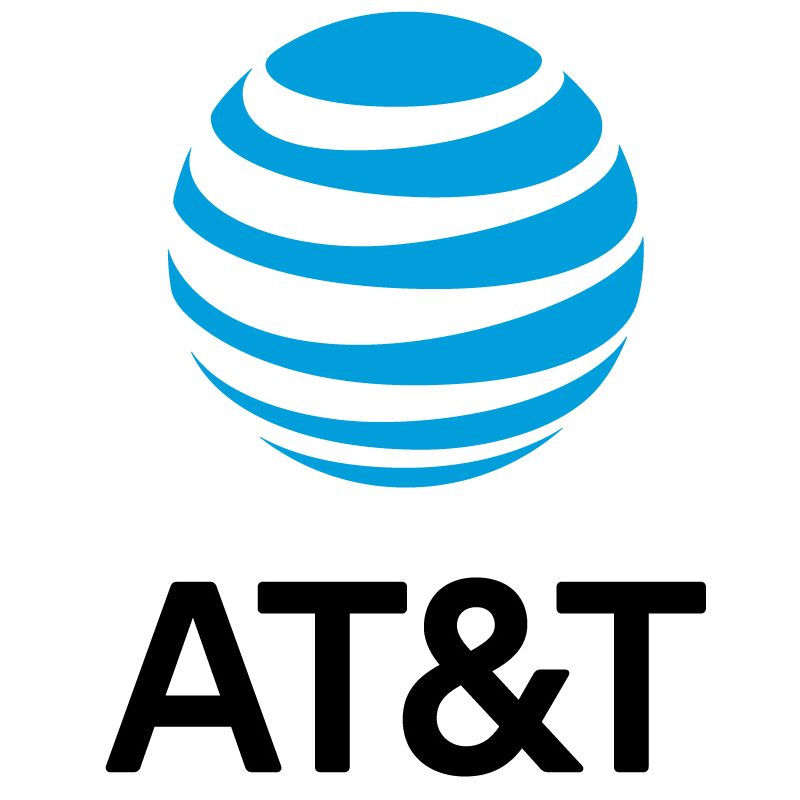
AT&T
Tons of data for heavy users
AT&T’s unlimited plans and vast network coverage make it a solid choice for heavier users, but its high prices make it worse value for lighter users.
Pros- Truly unlimited data on most postpaid plans
- Discounts for mulitple lines as well as military, teachers, nurses, and physicians
- Mix-and-match available for plans
- Expensive for a single line
- The 4GB SM plan is a bad value
- SD-quality streaming on most plans
-
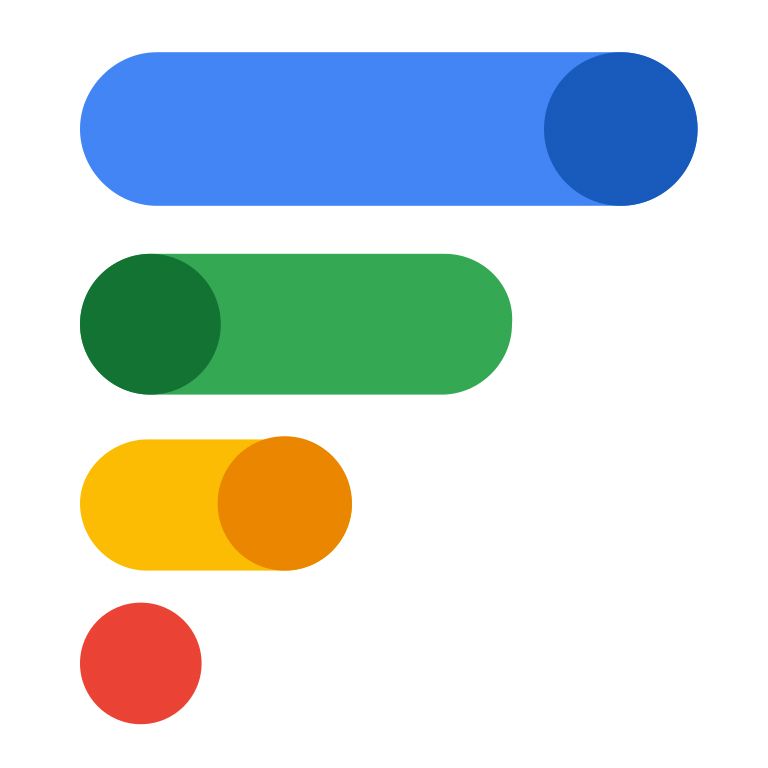
Google Fi
Travel the world with Fi
Google Fi stays focued on international usage for the most part, but also offers fairly cheap options for lighter users and those that need less than 35GB per month.
Pros- Excellent international support on Flexible and Unlimited Plus
- Smartwatch and data-only SIM support
- Excellent T-Mobile 5G coverage
- All lines need to be on the same plan
- Data isn’t truly unlimited
- All plans limited to SD-quality streaming
When it comes to mobile, AT&T is one of the first names to come to mind with excellent nationwide coverage and plenty of data on its postpaid plans, but it’s one of the most expensive options for a phone plan. Google Fi, on the other hand, is a lesser-known, but well-regarded carrier with a solid range of plans that will work for most people. While Google Fi is hampered by less-than-ideal iPhone support and high-speed data caps, it’s still gained a ton of popularity among the nerdier crowd and international travelers.
Two of Google Fi’s plans support data roaming in 200+ destinations without needing to activate travel passes or contact the carrier. Google Fi also includes some freebies like free smartwatch data if you’ve got a Google or Samsung smartwatch, and hotspot support on all plans. With multi-line discounts, it’s even a solid pick for families. Despite this, AT&T still stands out for heavier users thanks to truly unlimited high-speed data. And if you don’t need hotspot data or international support, AT&T’s prices aren’t that far off.
Mobile carrier features
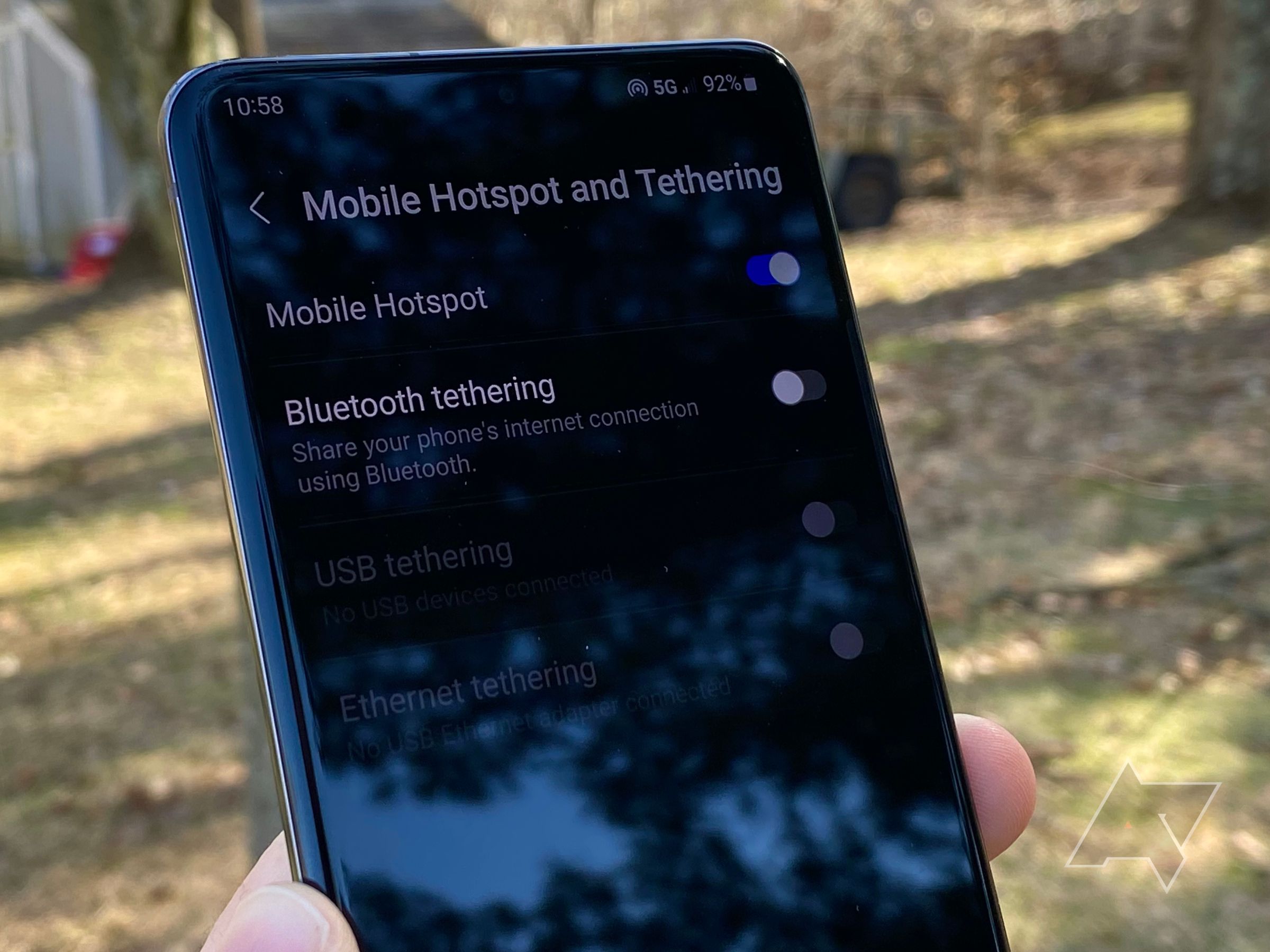
Compared to Google Fi, AT&T’s biggest standout feature is unlimited data. While it’s worth keeping in mind that most people don’t need any more than Fi’s Simply Unlimited plan’s 35GB, heavier users will appreciate that AT&T won’t throttle speed if you use too much data. Some of AT&T’s plans feature prioritized high-speed data, previously called premium data, but if you use all of that up, your connection is still unlimited, just at a lower priority.
On its top three plans, AT&T includes some high-speed hotspot data. The top plan comes with 60GB of hotspot data, which is quite a lot for a consumer plan. If you’re on the road a lot and want to keep your other devices, like a tablet, laptop, or handheld gaming system, this hotspot data can be very handy.
The top AT&T plan, called Unlimited Premium PL, includes support for unlimited talks, text, and high-speed data in 20 Latin American countries. All unlimited AT&T plans come with unlimited talk, text, and data in the U.S., Mexico, and Canada. This top plan is also the only unlimited AT&T plan to support 4K streaming video quality. The other plans will be limited to just 480p, or 2Mbps on 5G and 1.5Mbps without. Similarly, Google Fi limits all streaming video on its service to 480p. It’s worth keeping in mind that you can bypass this limit on either carrier by using one of the best VPNs on your phone. Keep in mind that some video streaming apps block access while using a VPN, so it’s not a perfect solution.
One of Google Fi’s top features is its international coverage. You can roam in over 200 destinations with Google Fi without any extra cost, though it’s only included with the Unlimited Plus and Flexible plans. Google Fi also makes it easy to share your data with other devices thanks to hotspot data on all plans and free smartwatch data for compatible watches. If you’ve got Unlimited Plus or Flexible, you can also request a data-only SIM for other devices. The data-only SIM shares your data though, so be careful about large downloads.
Google Fi’s top plan, Unlimited Plus, comes with six months of YouTube Premium service, as well as a 100GB Google One membership. Fi also includes a VPN for your phone so you can connect to public Wi-Fi without worry. This is not to be confused with the recently discontinued Google One VPN.
Coverage and reception
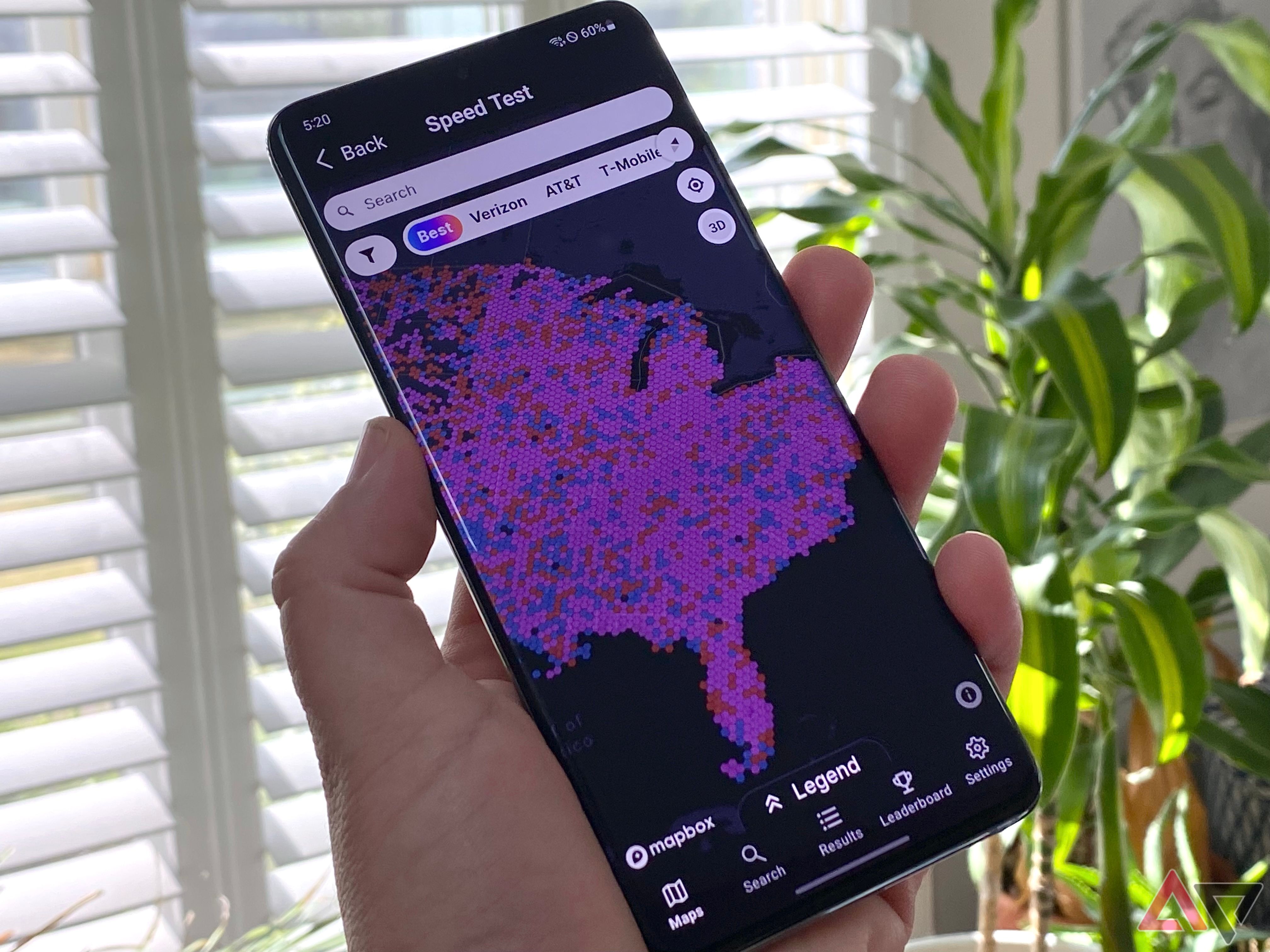
AT&T builds and maintains its own mobile network with LTE and 5G coverage nationwide, so AT&T postpaid customers can get some of the best speeds available on the network. AT&T’s coverage map still has a lot of LTE on it, especially outside of cities, but its LTE is fast enough for most of what people do on their phones anyway. Low-band nationwide 5G coverage is available alongside mmWave and mid-band coverage called 5G+. AT&T’s 5G+ has made its way to a lot of major cities across the country and if you look at its coverage maps, it’s starting to make its way to smaller towns and rural areas.
Most of AT&T’s 5G coverage uses low-band spectrum or shared spectrum that can deliver LTE-like speeds. Even so, outside of a speed test app, the network should be plenty fast for streaming video, browsing the web, or scrolling through social media.
Google Fi’s network uses T-Mobile for the vast majority of its coverage. While it has other carrier partners, most of your time will be spent on the T-Mobile network, which isn’t a bad thing. T-Mobile gives carriers like Google Fi full access to its 5G speeds, so you’ll be able to use T-Mobile’s fast mid-band 5G no matter which Google Fi plan you pick. Google Fi also has some coverage from public Wi-Fi providers it’s partnered with. This shows up as a W+ icon, rather than 5G or LTE, and counts towards your data usage just the same as 5G and LTE.
Phone compatibility
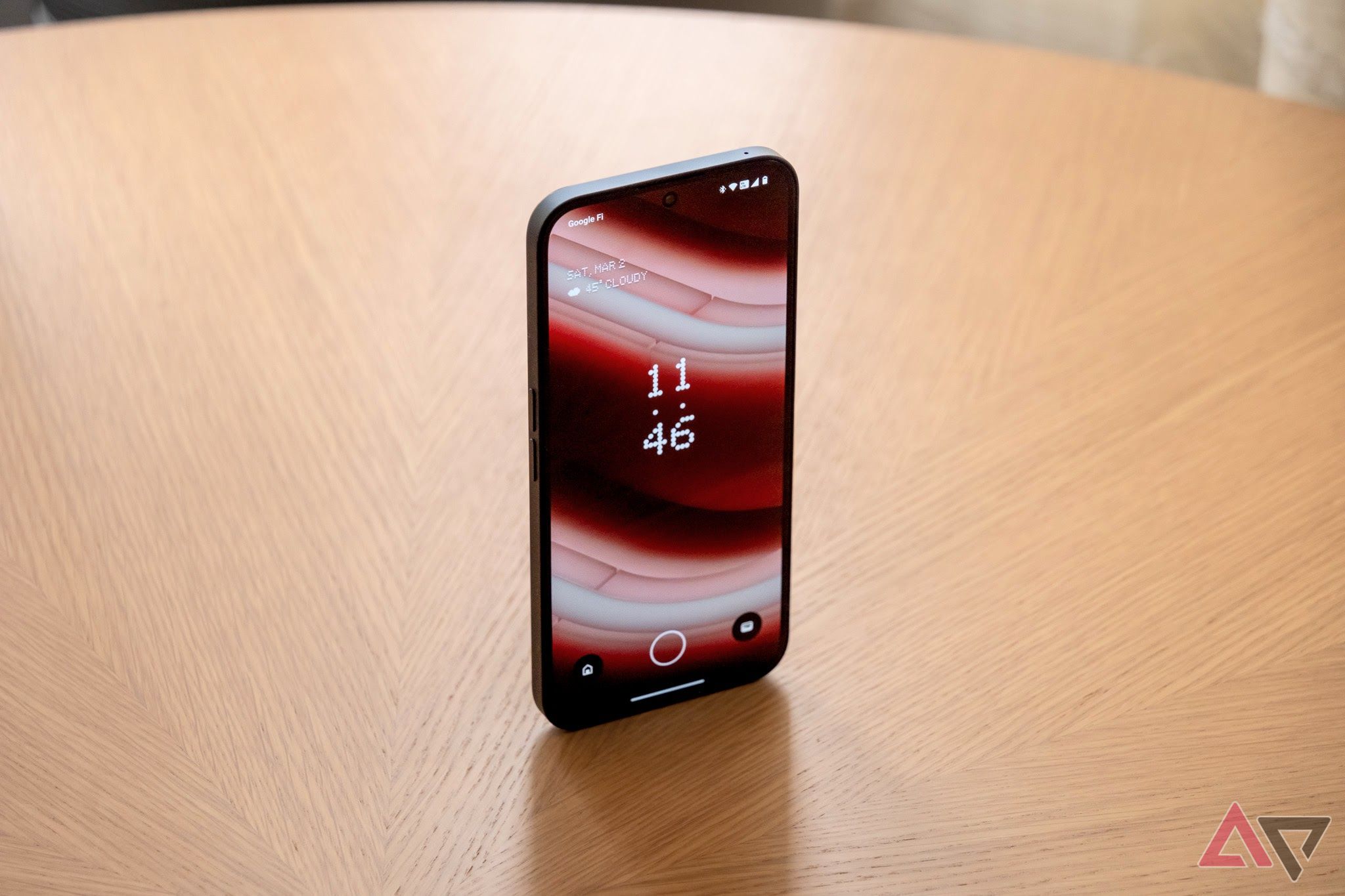
Phone compatibility is a strength of both AT&T and the T-Mobile network behind Google Fi. Since AT&T is one of the largest carriers in the world, most phone manufacturers make sure their North American models will work with AT&T’s full network. When it comes to 5G, AT&T uses band n5 for its nationwide coverage, band n77 for mid-band, and n260 for mmWave. For the most part, you just want to make sure your phone supports band n5 and n77 for the majority of AT&T’s coverage area, which most 5G phones do.
AT&T keeps a list of currently supported phone models (PDF), so if you’re bringing your phone with you to the carrier, you can check to see if it’s supported. The list includes common models like the Pixel 8 and Galaxy S24, but also less common models like the OnePlus 12R, Nothing Phone 2, and Asus Zenfone 10. As you might expect, AT&T’s current network works with any iPhone newer than the 6.
Google Fi’s interesting network setup means that it doesn’t support as many phones as AT&T, though it still supports the most popular models. Fi uses T-Mobile’s network, so you’ll want bands n71, n41, and n66 for 5G coverage. Band n71 is a low frequency band and makes up T-Mobile’s Extended Range 5G while n41 is used for most of its Ultra Capacity 5G footprint.
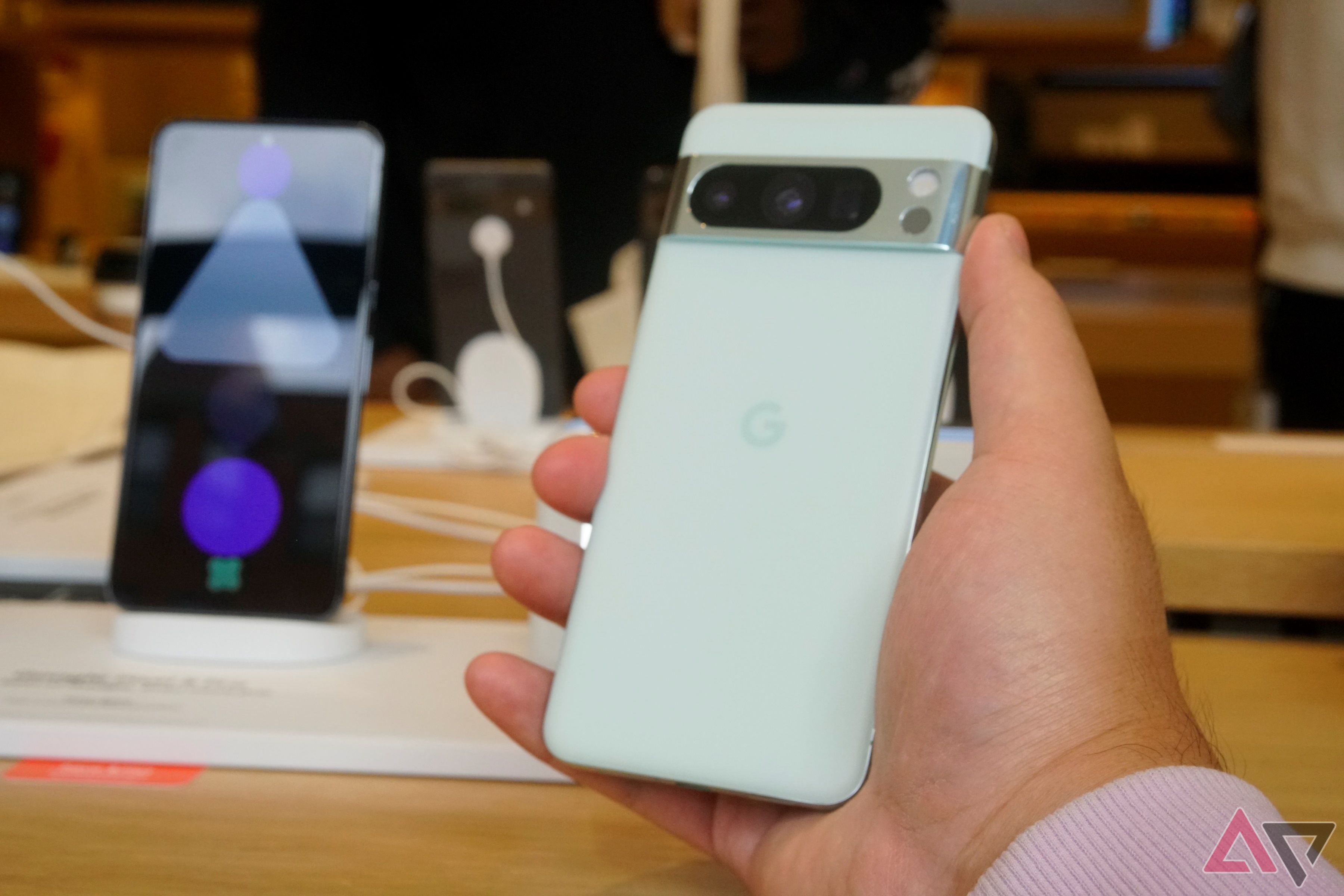
Google Fi works with a large range of Android phones that support T-Mobile’s network, but it doesn’t support all phones to the same degree. If you check Google Fi’s compatibility tool, you’ll find that some devices are labeled as designed for Fi, while others are simply compatible with Fi. Designed for Fi phones support network switching so they can use the W+ network. Access to the built-in VPN, spam detection, and more are available on phones compatible with Fi.
If you’re bringing an iPhone, it’s compatible, but you need to know a few things. First of all, you’ll need to manually set up the phone for SMS and MMS to work. You’ll miss out on network switching, and you’ll get no end-to-end encryption on calls. Your voicemail will also show up in the Google Fi app, rather than the phone app. If you’re bringing an iPhone, it technically works on Fi, but not as smoothly as AT&T.
Plans
When it comes to plans, AT&T has a wider range of options than Fi, but often works out to be more expensive. Both carriers add taxes and fees at the end, so you’re price will be a bit higher than the advertised plan price. AT&T’s prices also assume a $10 discount for auto-pay and paperless billing, so if you want a paper copy of your bill, you’ll be charged $10 a line for the privilege.
AT&T’s plans can be mixed and matched, so you can pick the plan that makes the most sense for each person on your account. Google Fi, on the other hand, requires that all lines on your account be on the same plan.
AT&T’s plans
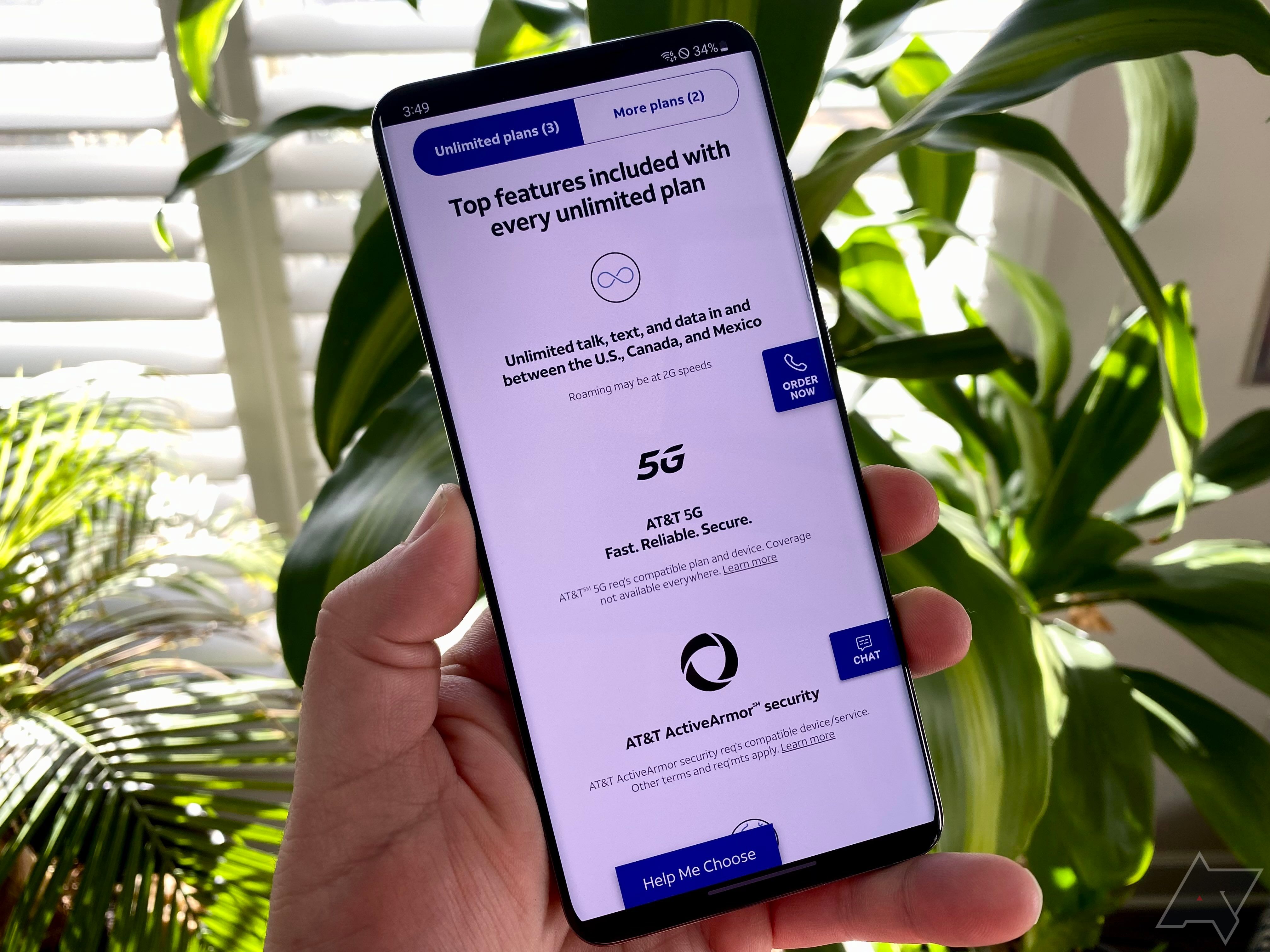
AT&T’s cheapest plan is the 4GB SM plan starting at $50 for a single line. If you’re a light user who needs less than 4GB of data in a month, you can save a lot of money with one of the best smartphone data plans instead, even if you qualify for signature program discounts. This plan supports mobile hotspot sharing your data and restricts video streaming to 480p. If you get two lines, the price comes down to $45 each, and $40 each with three or more lines. For $10 less, you can get a 10GB plan on AT&T-owned Cricket Wireless.
A much better deal is the appropriately named Value Plus VL plan. This plan comes with unlimited talk, text, and data with 5G access included. Like all AT&T postpaid plans, you get usage in Mexico and Canada as well. Streaming is limited to 480p and there is no hotspot data. For a basic unlimited plan, the starting price of $50.99 isn’t bad, and it even comes down to just $30.99 per month with four lines. If you’re bringing the family and looking to save, Value Plus could be the right choice.
Moving up, Unlimited Starter SL is a very similar plan to Value Plus, but it gets an upgrade to include 5GB of hotspot data. While the steeper $65.99 starting price for a single line is high, the price comes down with each line you add settling in at $35.99 with four lines and $30.99 with five lines.
Unlimited Extra EL is the sweet spot for most heavy users with 75GB of higher-priority data. It comes with 30GB of hotspot data, but still only streams video at 480p. For most people, the 75G of premium data is more than adequate, but even if you run out, you still get unlimited data with no speed cap on AT&T. Once you use that 75GB, your speeds will be similar to the best of Unlimited Started SL and Value Plus VL. You also get an upgrade to AT&T Active Armor which includes a VPN for public Wi-Fi and identity monitoring. This plan isn’t cheap at $75.99 for a single line, and down to $40.99 per line with four lines.
AT&T’s top plan, Unlimited Premium PL, further expands on Unlimited Extra by making all data full speed all the time. Hotspot data also gets a bump to 60GB, which is one of the biggest hotspot plans available without an add-on. Streaming is unlocked to 4K UHD, about 25Mbps, and unlimited talks, text, and data in 20 Latin American countries are included. This plan also qualifies for up to $10 in savings if you or your employer is a Signature program member.
|
Unlimited Premium PL |
Unlimited Extra EL |
Unlimited Starter SL |
Value Plus VL |
4GB |
|
|---|---|---|---|---|---|
|
Price (per month) |
1 line: $85.99 |
1 line: $75.99 |
1 line: $65.99 |
1 line: $50.99 |
1 line: $50 |
|
4 lines: $203.96 |
4 lines: $163.96 |
4 lines: $143.96 |
4 lines: $123.96 |
4 lines: $160 |
|
|
Taxes and fees |
Extra |
Extra |
Extra |
Extra |
Extra |
|
5G |
Yes |
Yes |
Yes |
Yes |
None |
|
Talk and text |
Unlimited |
Unlimited |
Unlimited |
Unlimited |
Unlimited |
|
Data |
Unlimited (priority) |
Unlimited (75GB priority) |
Unlimited |
Unlimited |
4GB |
|
Hotspot |
60GB |
30GB |
5GB |
None |
Shared |
Further savings are available for those serving in the military, veterans, teachers, nurses, and physicians, so if you qualify, make sure to get all the savings you deserve.
Google Fi’s plans
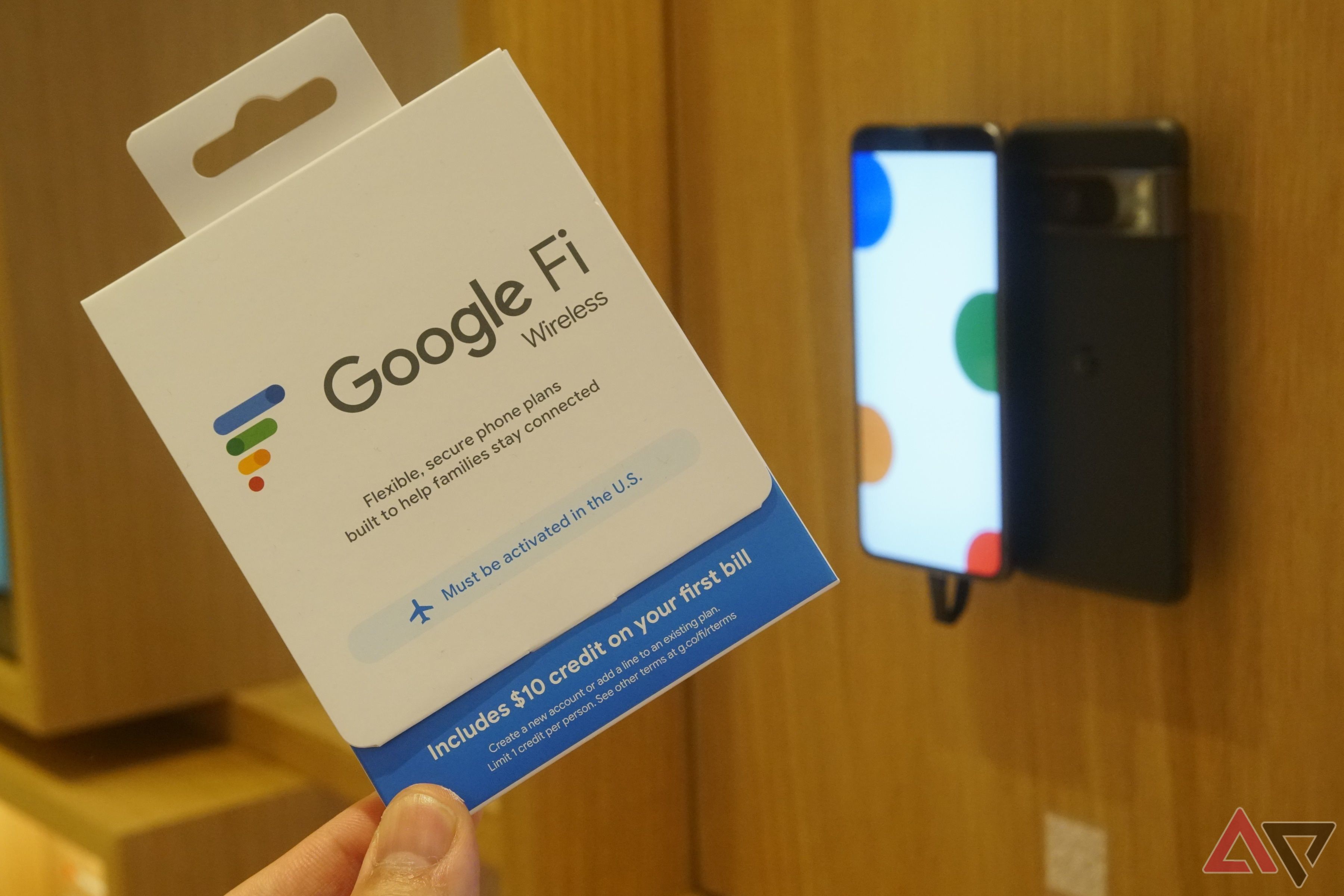
Google Fi’s cheapest plan is called Flexible, but depending on your usage, it can also be Fi’s most expensive plan. With Flexible, you pay $20 per month for unlimited talk and text with data coming in at $10 per gigabyte. If you’re a light user who keeps your average data use under 2GB per month, it’s a decent value but gets expensive quickly as you use it. This plan does feature bill protection at 6GB, but that’s still $80 for 6GB of data, which is a lot.
Still, Flexible can be a good option for a second phone line that doesn’t need much data, or as a travel SIM since this plan works in 200+ destinations. Multi-line discounts are available with a larger bill protection threshold. If you’re bringing the family, however, make sure they’re using Wi-Fi as much as possible.
Simply Unlimited starts at $50 for a single line but comes down to $25 per line when you bring four. This plan gets 5GB of hotspot data and 35GB of high-speed data per month. This high-speed data isn’t like AT&T’s and after you use it, your speeds are cut to just 256Kbps. Still, for most people, this is plenty of data. This plan doesn’t come with international usage, apart from Canada and Mexico, so if you’re traveling overseas, make sure to upgrade your plan.
Unlimited Plus takes the high-speed data amount up to 50GB and allows you to use it all as mobile hotspot data if you please. This is Fi’s most complete plan and comes with international roaming in the same 200+ countries as Flexible, but adds calling to 50 destinations. This plan also gets a 100GB Google One membership and six months of YouTube Premium.
|
Flexible |
Simply Unlimited |
Unlimited Plus |
|
|---|---|---|---|
|
Price (per month) |
1 line: $20 (+$10/GB) |
1 line: $50 |
1 line: $65 |
|
4 lines: $65 (+$10/GB) |
4 lines: $100 |
4 lines: $160 |
|
|
Taxes and fees |
Extra |
Extra |
Extra |
|
5G |
Yes |
Yes |
Yes |
|
Talk and text |
Unlimited |
Unlimited |
Unlimited |
|
Data |
$10/GB (up to 6GB) Slowed at 15GB |
35GB |
50GB |
|
Hotspot |
Shared |
5GB |
Shared |
Google Fi also includes smartwatch connectivity with all of its plans, though not for the Apple Watch. If you’ve got a Pixel Watch or a Galaxy Watch with LTE, you can get it connected on Fi for free. Furthermore, Flexible and Unlimited Plus users can request a data-only SIM to get another device online with shared data.
Which should you pick?
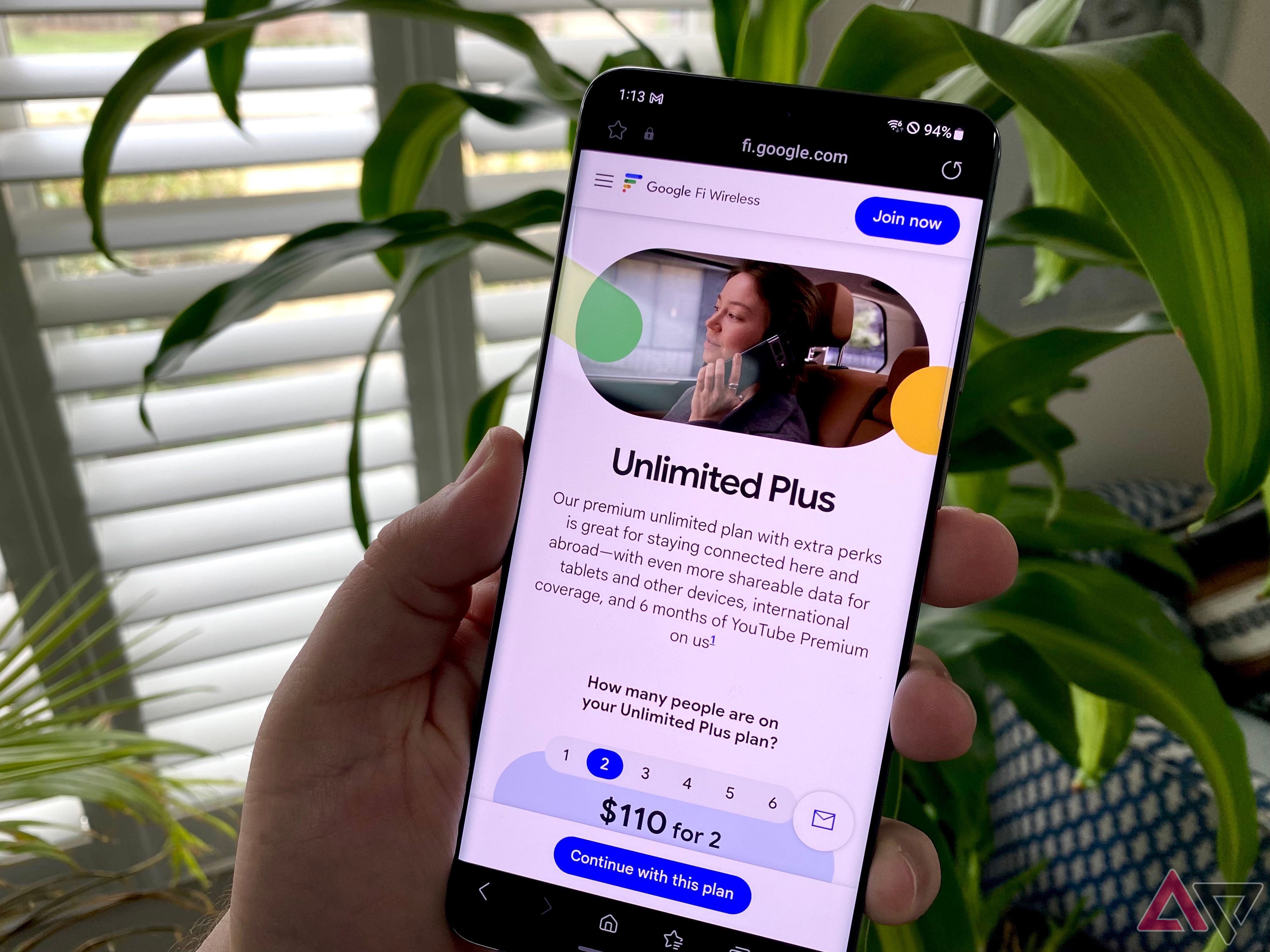
Overall, Google Fi comes out on top for the needs of most people. Even if you’re not traveling abroad, its multi-line savings and cheap Simply Unlimited plan make it a good choice for many. While 35GB of high-speed data is stretching the meaning of unlimited, it’s plenty for most people and with a home Wi-Fi connection, is likely plenty even for heavier users. Google Fi works on most Android phones without issue and even offers some savings on new devices purchased through its store.
If you’re looking for an affordable plan for your whole family, Simply Unlimited from Google Fi will more than likely fit your needs. You’ll even get fast 5G speeds from T-Mobile with data for your smartwatch. Finally, if you’re leaving the country, you can upgrade to Unlimited Plus to get plenty of data on your trip.

Google Fi
Travel the world with Fi
Google Fi makes a lot of sense for international travelers with Unlimited Plus, and with a cheap option on the same carrier for those sticking closer to home with Simply Unlimited.
AT&T still has a lot to offer with truly unlimited data on its four unlimited plans. While AT&T is more expensive than Fi, the extra data will be worth it to some heavier users. AT&T also offers some high-end features that Fi simply doesn’t match, like 4K streaming and 60GB of hotspot data on the top plan. It’s also nice that AT&T allows you to mix and match plans with multi-line discounts intact.

AT&T
Tons of data for heavy users
AT&T’s unlimited plans and mix-and-match plans make it a good pick for heavy users bringing multiple lines.

